Fruit shell activated carbon is primarily produced by carbonizing fruit shells, with preferred materials including Apricot Shells, peach pits, walnut shells, and jujube pits. After Carbonization, these fruit shells exhibit various advantages such as high Abrasion Resistance, developed porosity, strong Adsorption Capacity, High Strength, Easy Regeneration, and cost-effectiveness. Due to these properties, Fruit Shell Activated Carbon is commonly used to treat four types of water.
1. Tap Water
The use of fruit shell activated carbon in tap water treatment aims to improve water quality by removing odors, humic substances, oils, pesticides, and other harmful substances.
2. Process Water
Fruit shell activated carbon has a wide range of applications in the treatment of process water. In industries such as brewing, beverage production, and ice-making, activated carbon is used to eliminate color, odors, colloidal substances, detergents, and pesticides from groundwater. It can also remove free chlorine and odors from tap water. In the pharmaceutical industry, activated carbon is used to eliminate pyrogens from water, while in the electronics industry, it is employed to produce ultra-pure water. In maritime industries, activated carbon is used to create drinking water.
3. Wastewater
Activated carbon is utilized to treat wastewater generated during production processes, allowing for either safe discharge or recycling.
4. Sewage
Sewage, which is a mixture of various types of wastewater, has a relatively complex composition. Its treatment often requires a combination of coagulation and sedimentation methods along with activated carbon adsorption. Fruit shell activated carbon can effectively remove color, pesticides, detergents, odors, and other impurities, making the sewage reusable or safer for discharge.
Fruit shell activated carbon is widely used in daily life, industry, liquid-phase adsorption, water purification, and gas-phase adsorption, making it an excellent aid for adsorbing impurities in everyday applications.
- Random Content
- Hot content
- Hot review content
- Toxicity Assessment of Sodium Cyanide and Relevant Hazard Prevention Measures
- Ferrous Sulfate Industrial Grade 90%
- Butylammonium black medicine/Ammonium Di(Iso)butyl Dithiophosphate 91%
- Triethanolamine(TEA)
- Sodium alpha olefin sulfonate (AOS)
- Dimethyl Carbonate (DMC)
- How do mining chemicals affect mineral recovery rates during flotation?
- 1Discounted Sodium Cyanide (CAS: 143-33-9) for Mining - High Quality & Competitive Pricing
- 2Sodium Cyanide 98% CAS 143-33-9 gold dressing agent Essential for Mining and Chemical Industries
- 3Sodium Cyanide 98%+ CAS 143-33-9
- 4Anhydrous Oxalic acid 99.6% Industrial Grade
- 5Oxalic acid for mining 99.6%
- 6Soda Ash Dense / Light 99.2% Sodium Carbonate Washing Soda
- 7Reagent Grade/Industrial Grade Hydrochloric Acid min.31%
- 1Sodium Cyanide 98% CAS 143-33-9 gold dressing agent Essential for Mining and Chemical Industries
- 2High Quality 99% Purity of Cyanuric chloride ISO 9001:2005 REACH Verified Producer
- 3 High-Quality Sodium Cyanide for Leaching
- 4Powdery emulsion explosive
- 5Industry Grade Electron grade 98% Sulfuric Acid H2SO4 Sulphuric Acid Battery Acid Industrial Sulfuric Acid
- 6Colloidal emulsion explosive
- 7sodium hydrosulfide 70% flakes used Mining Industry

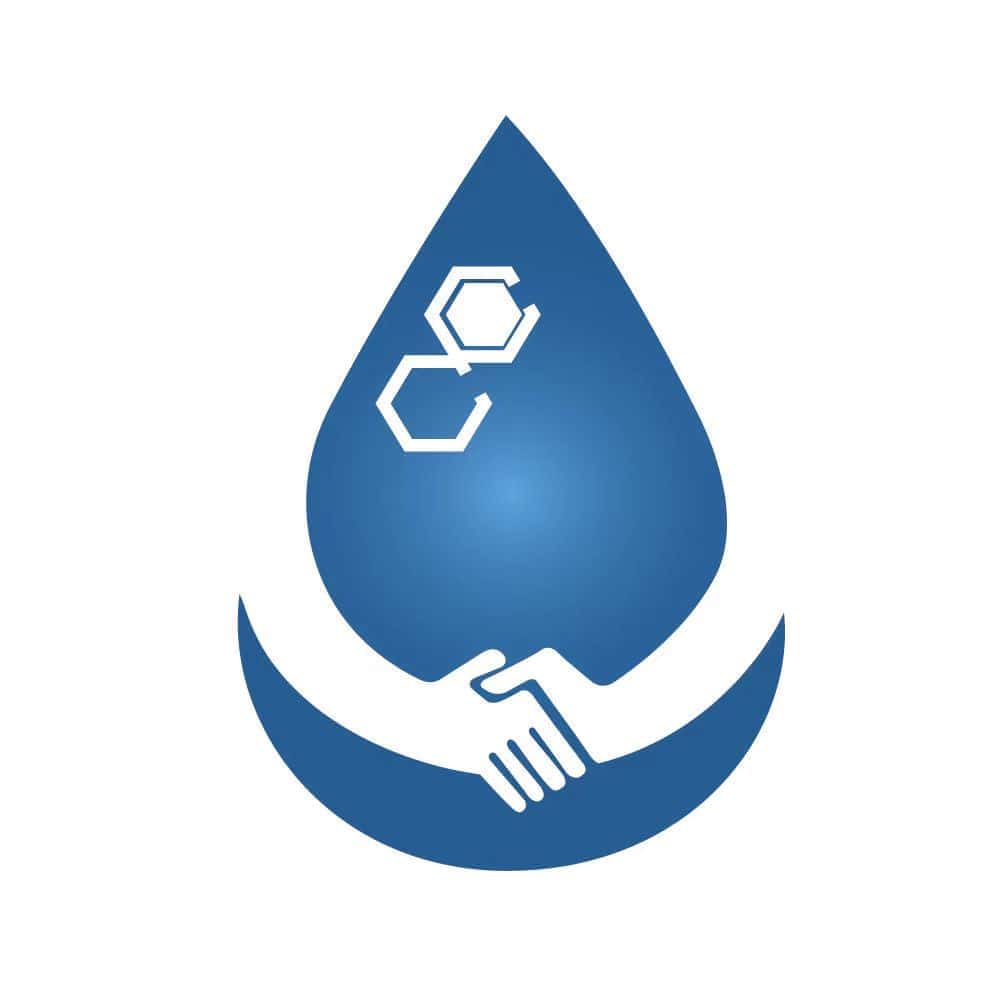
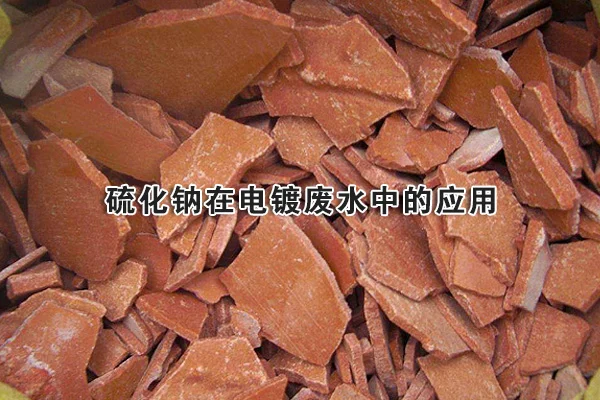

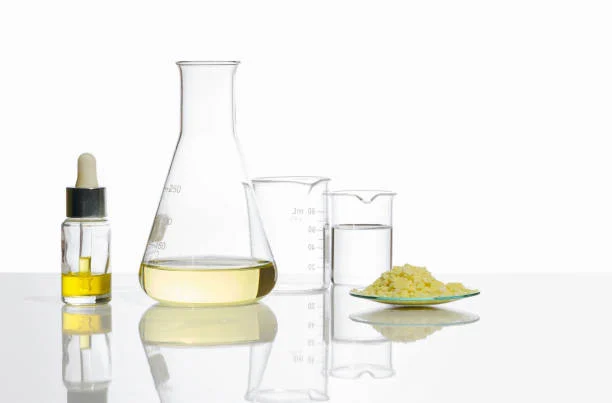
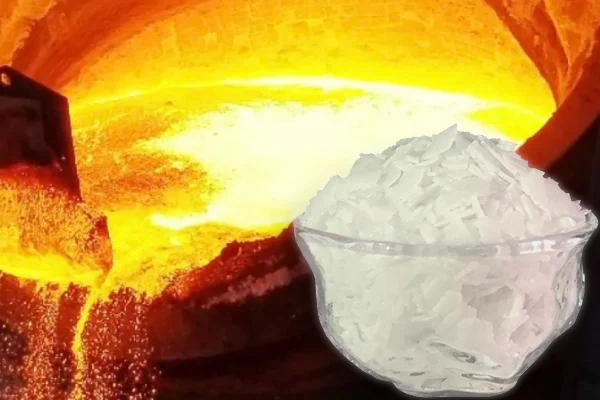
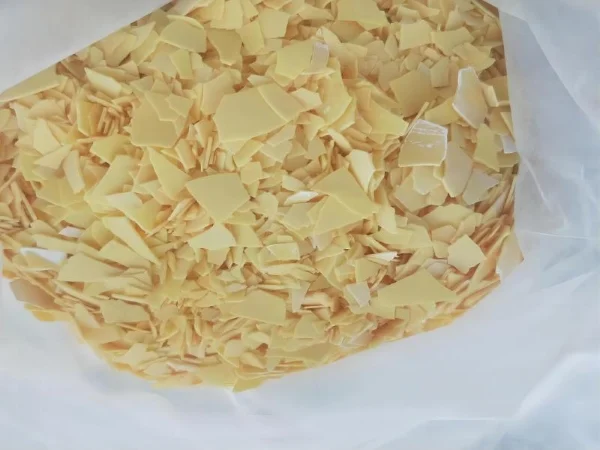
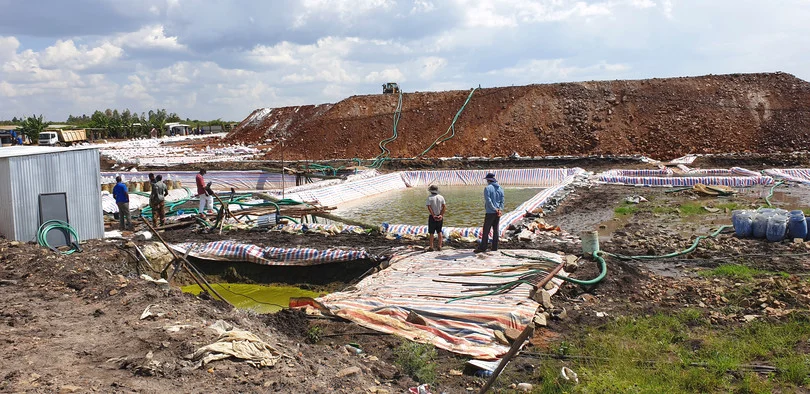




Online message consultation
Add comment: